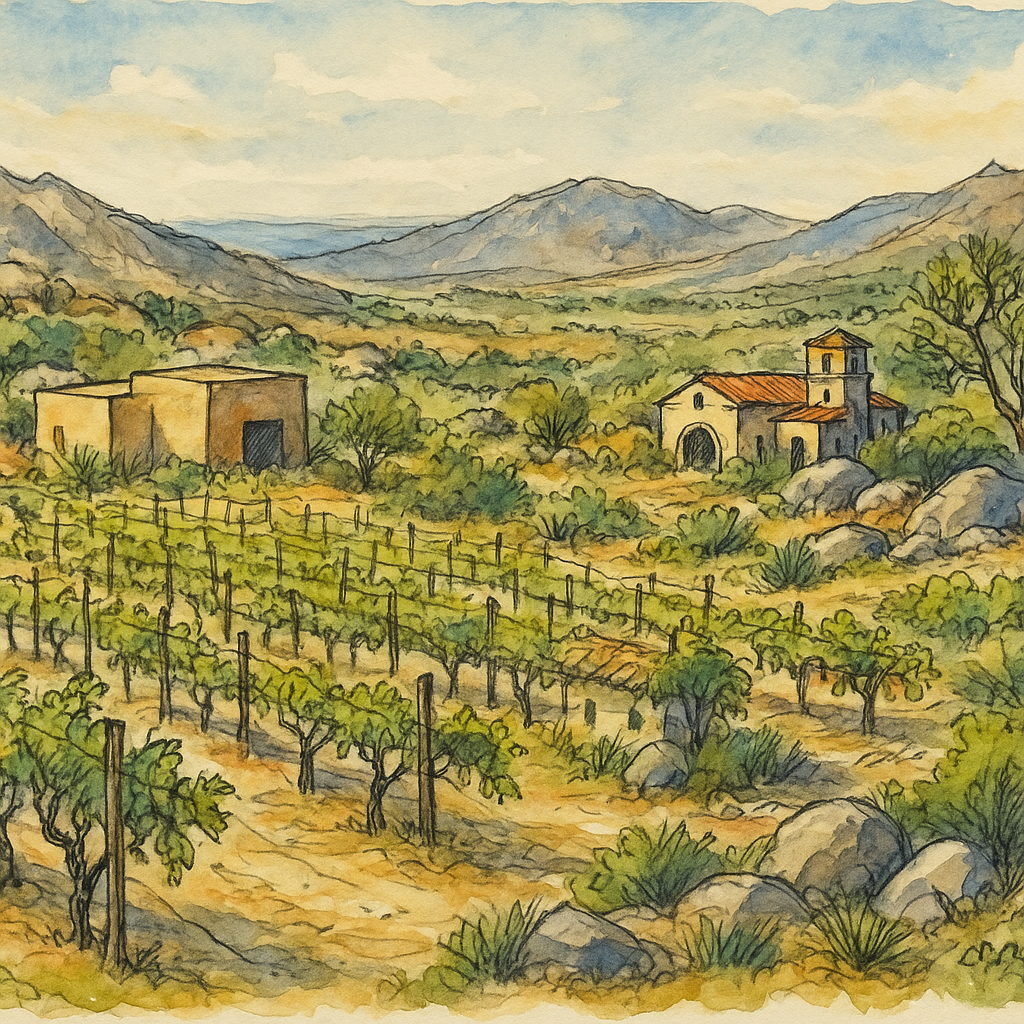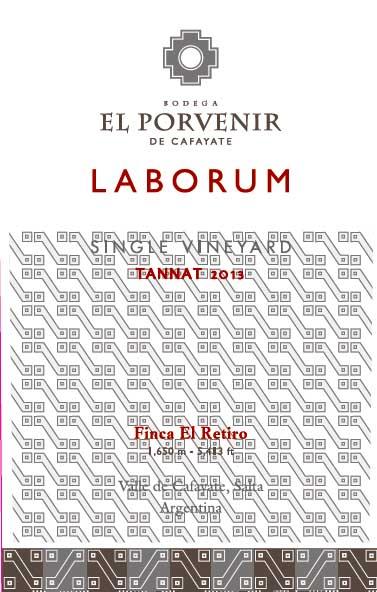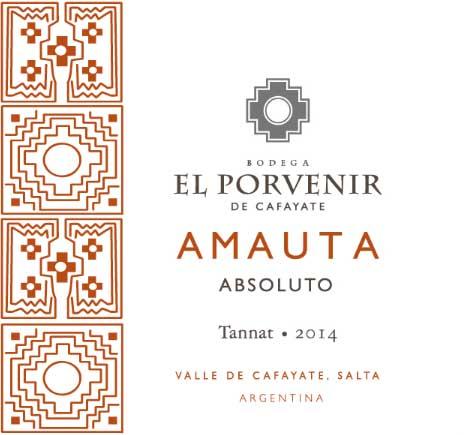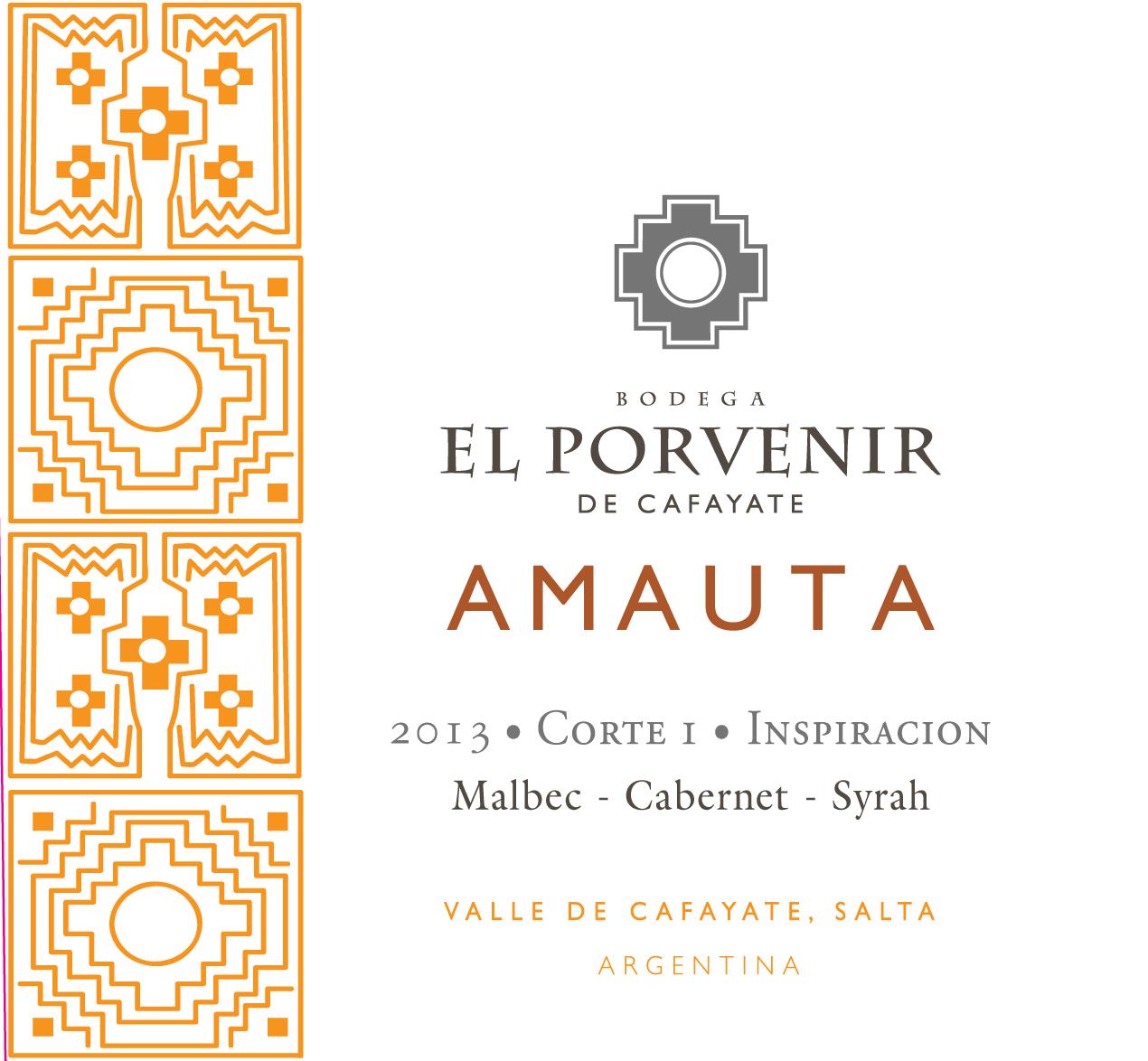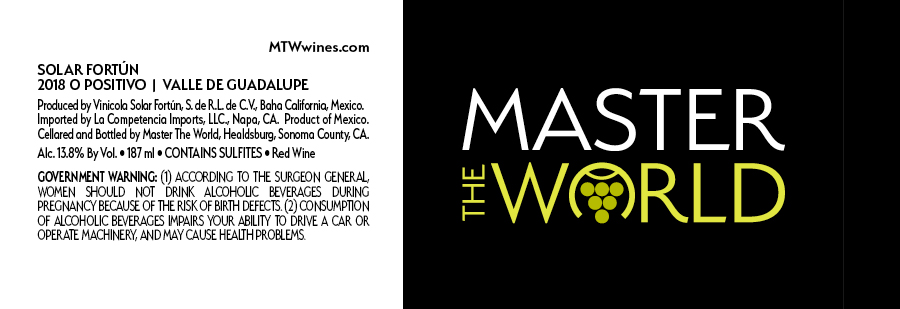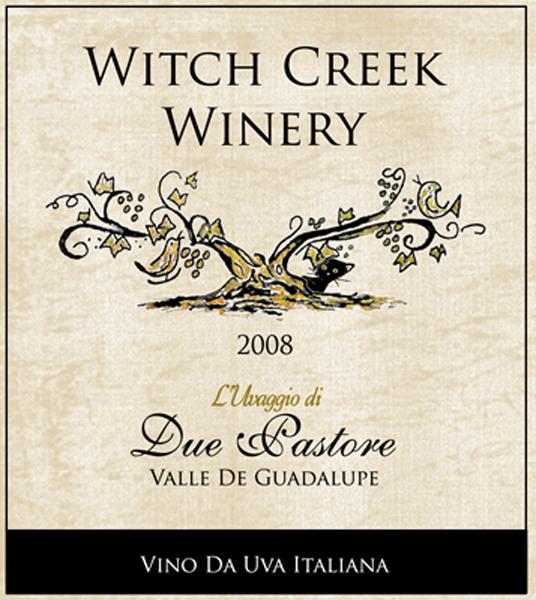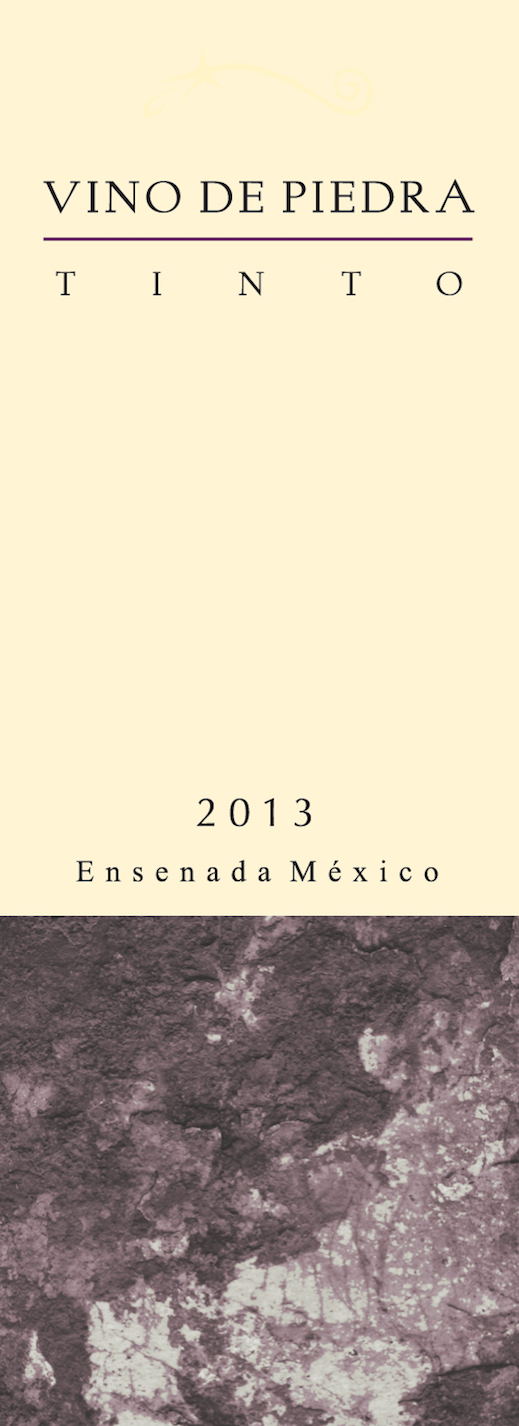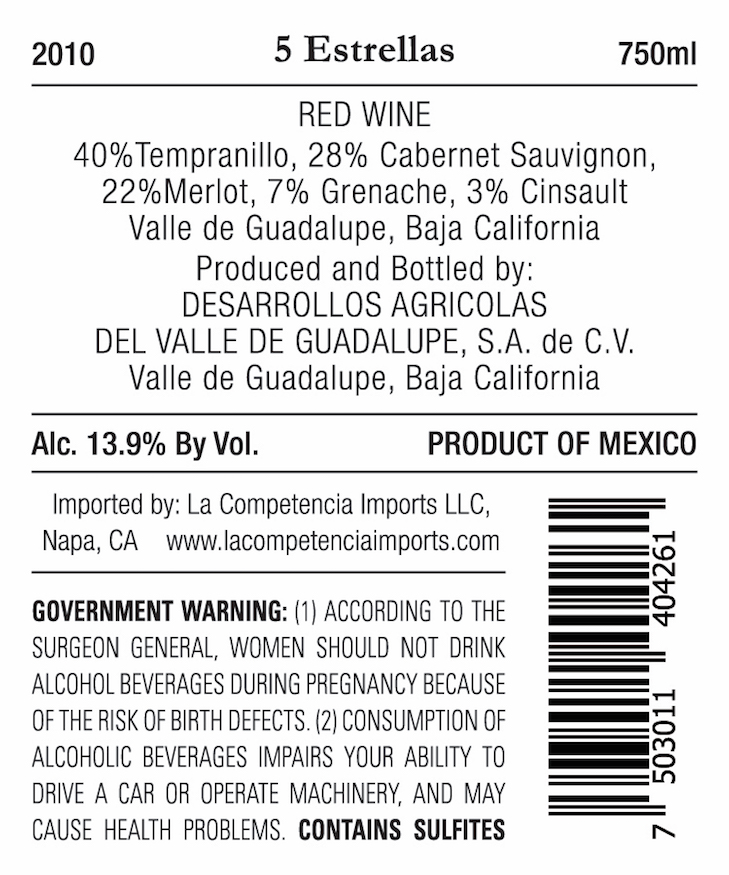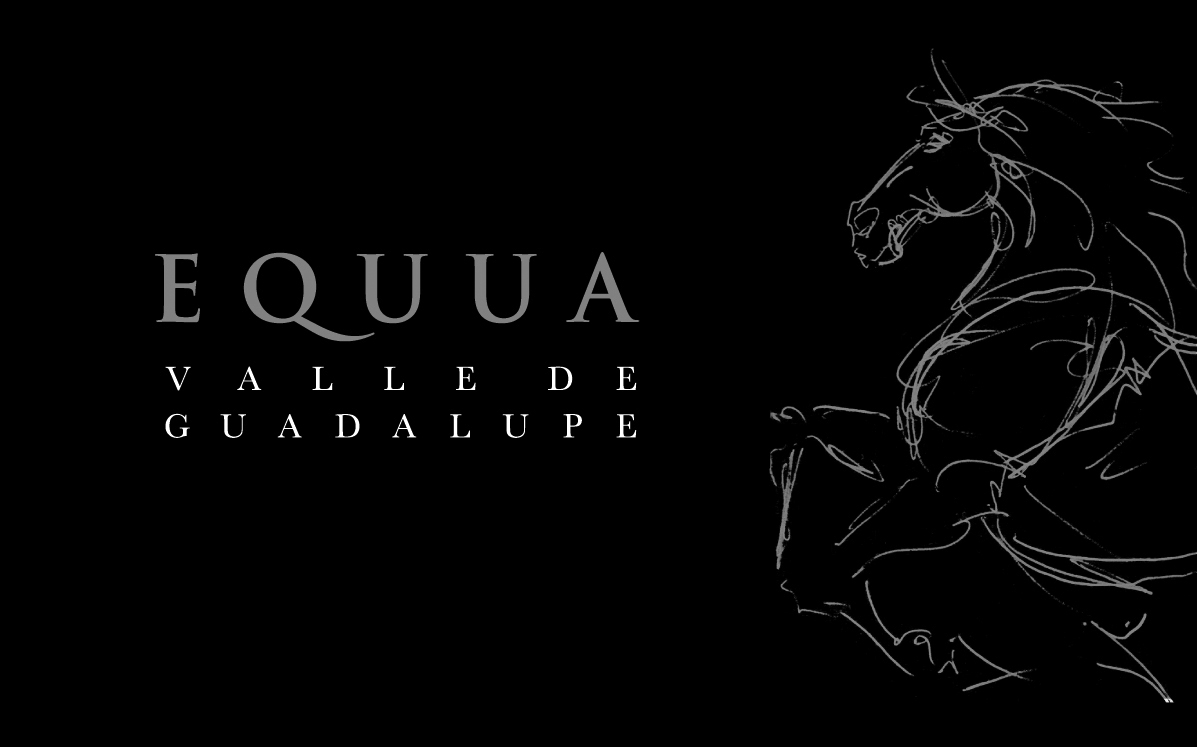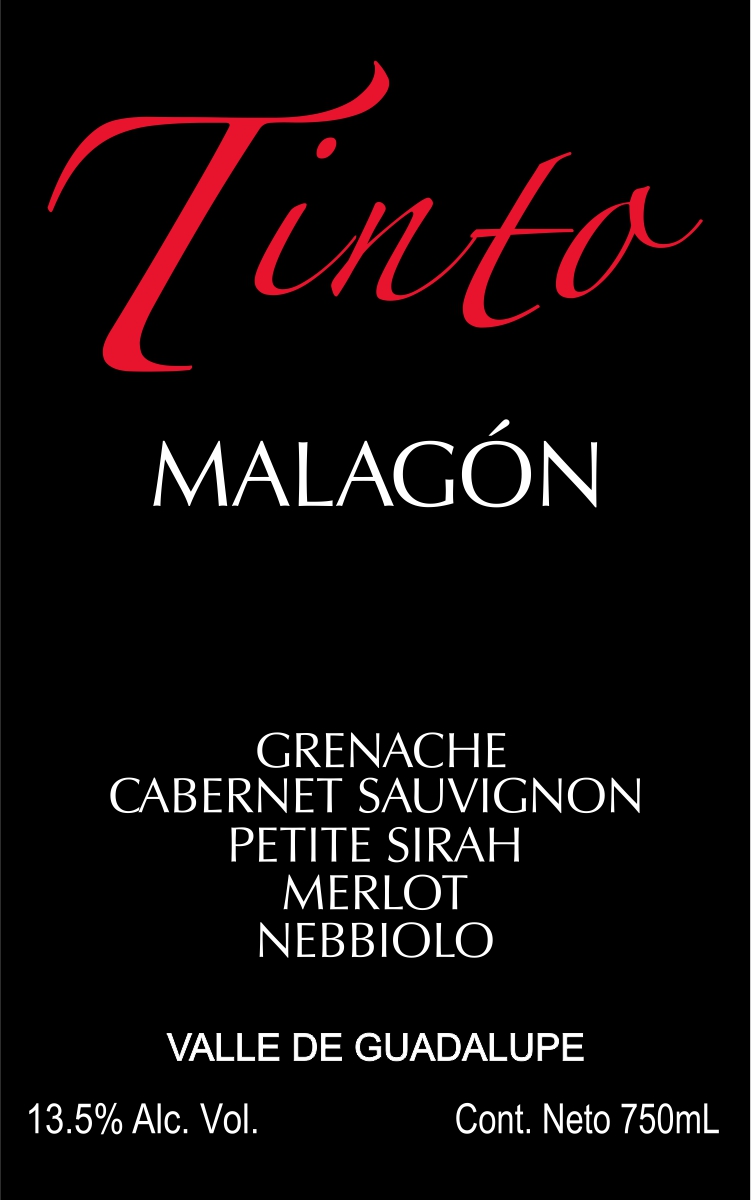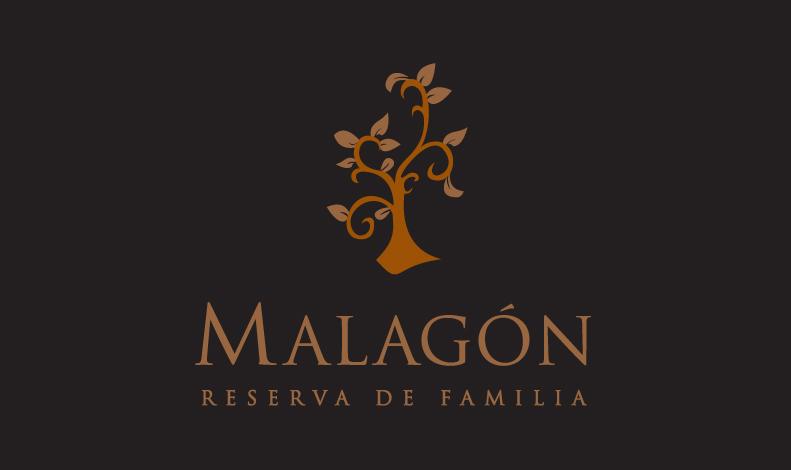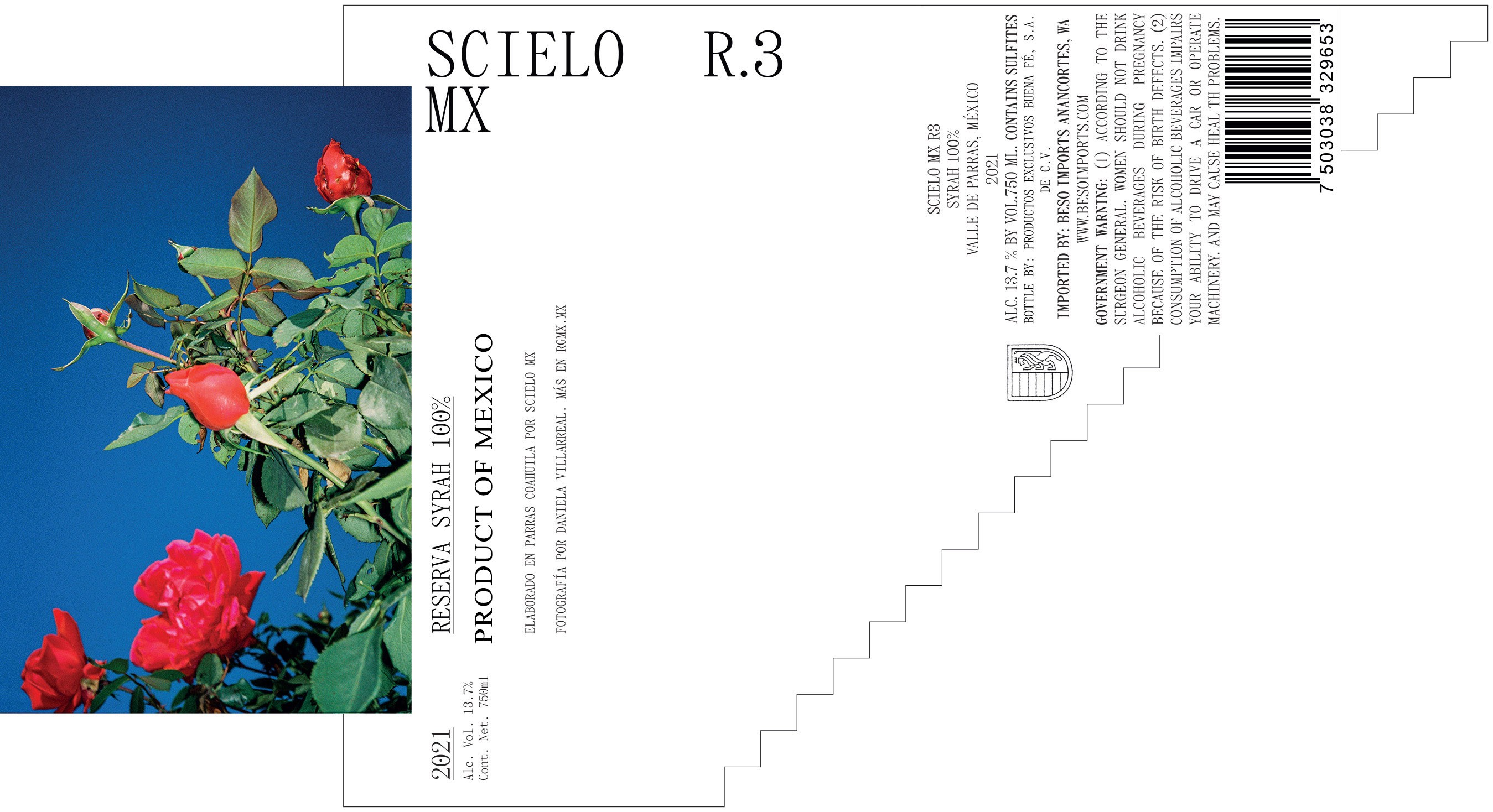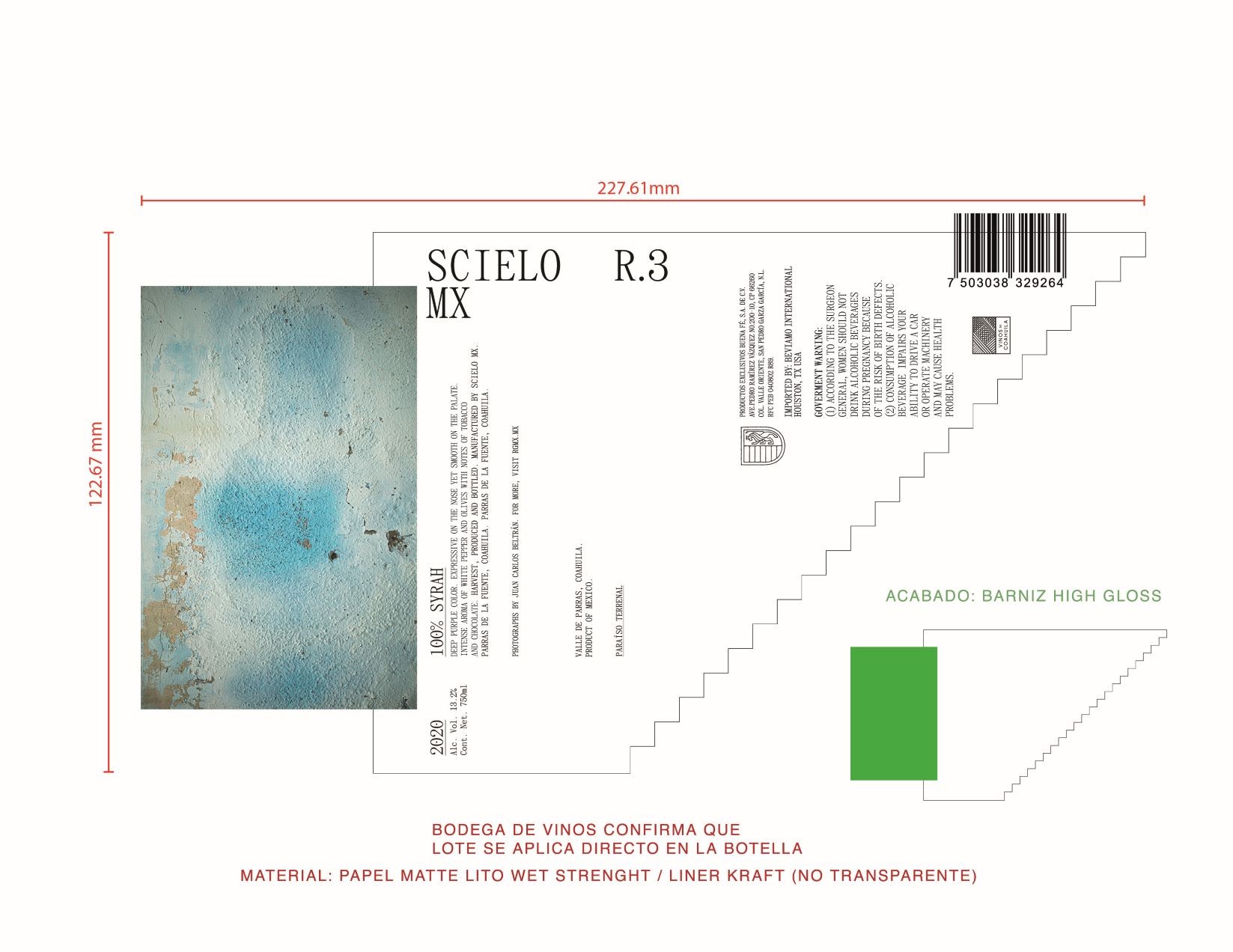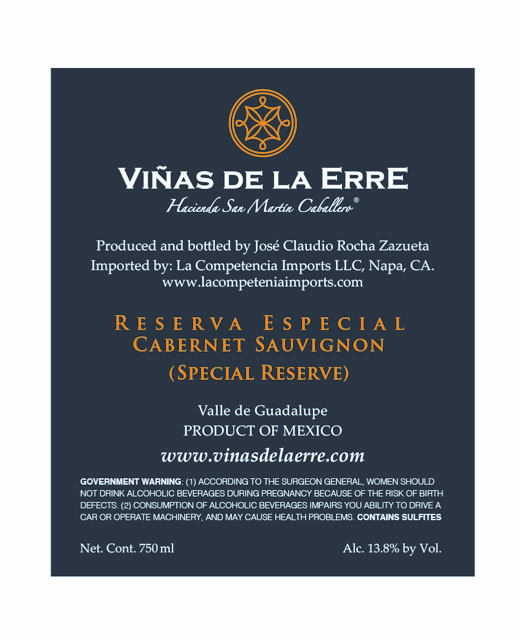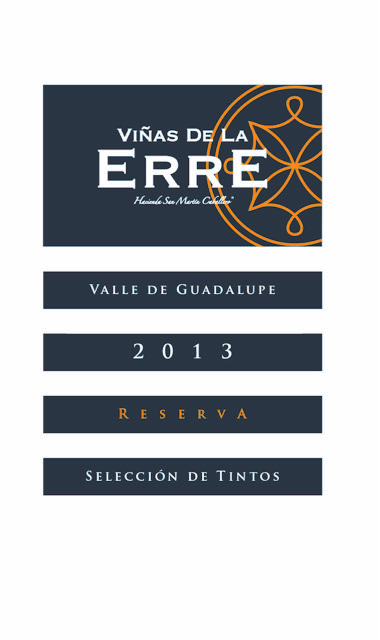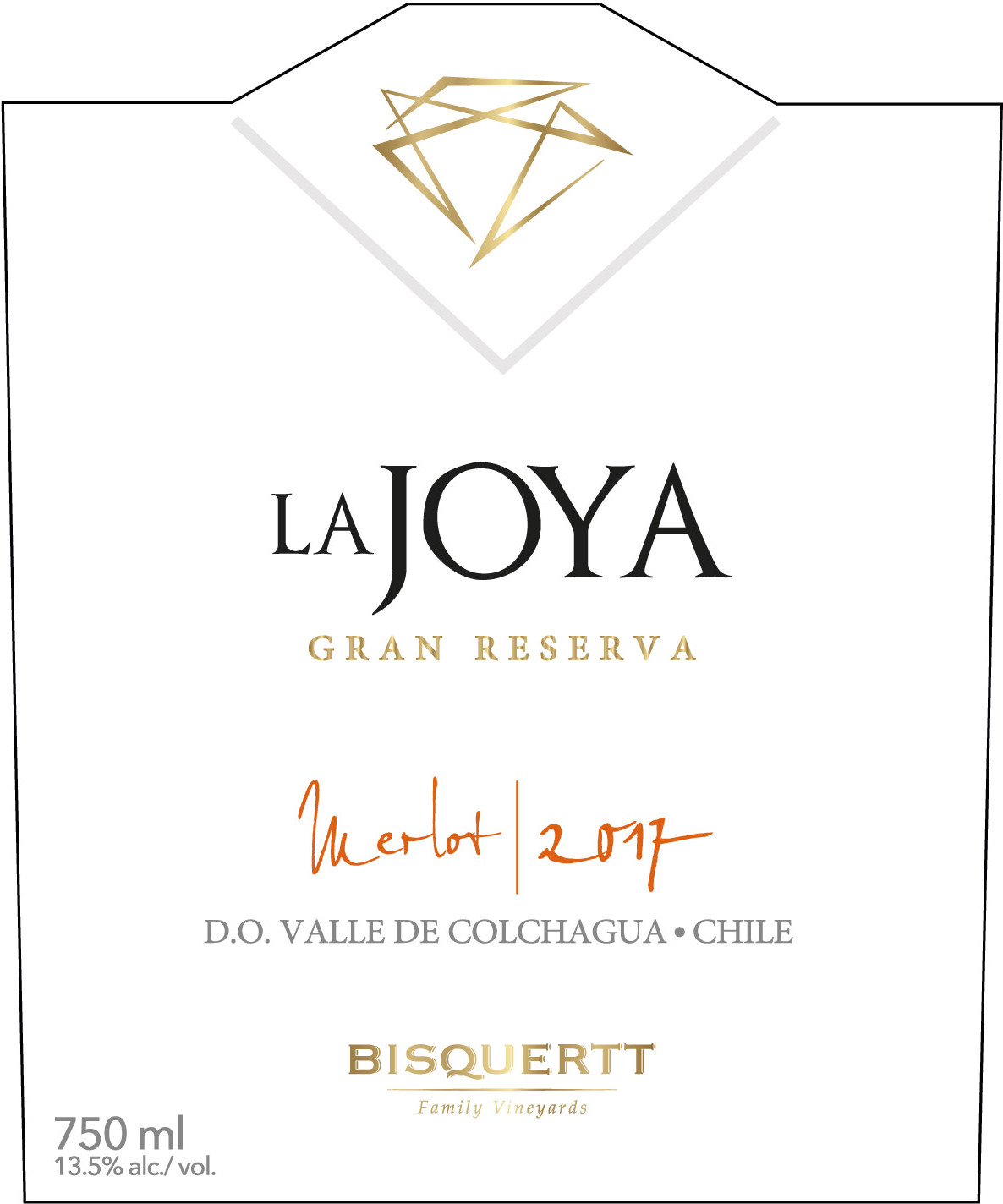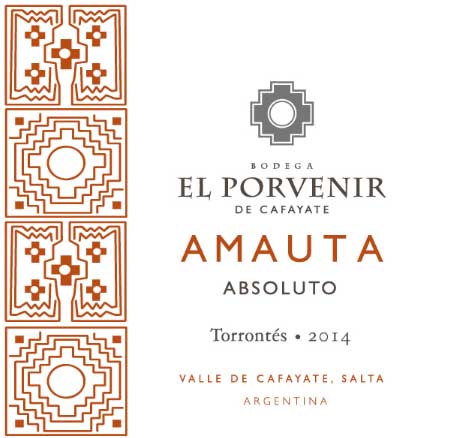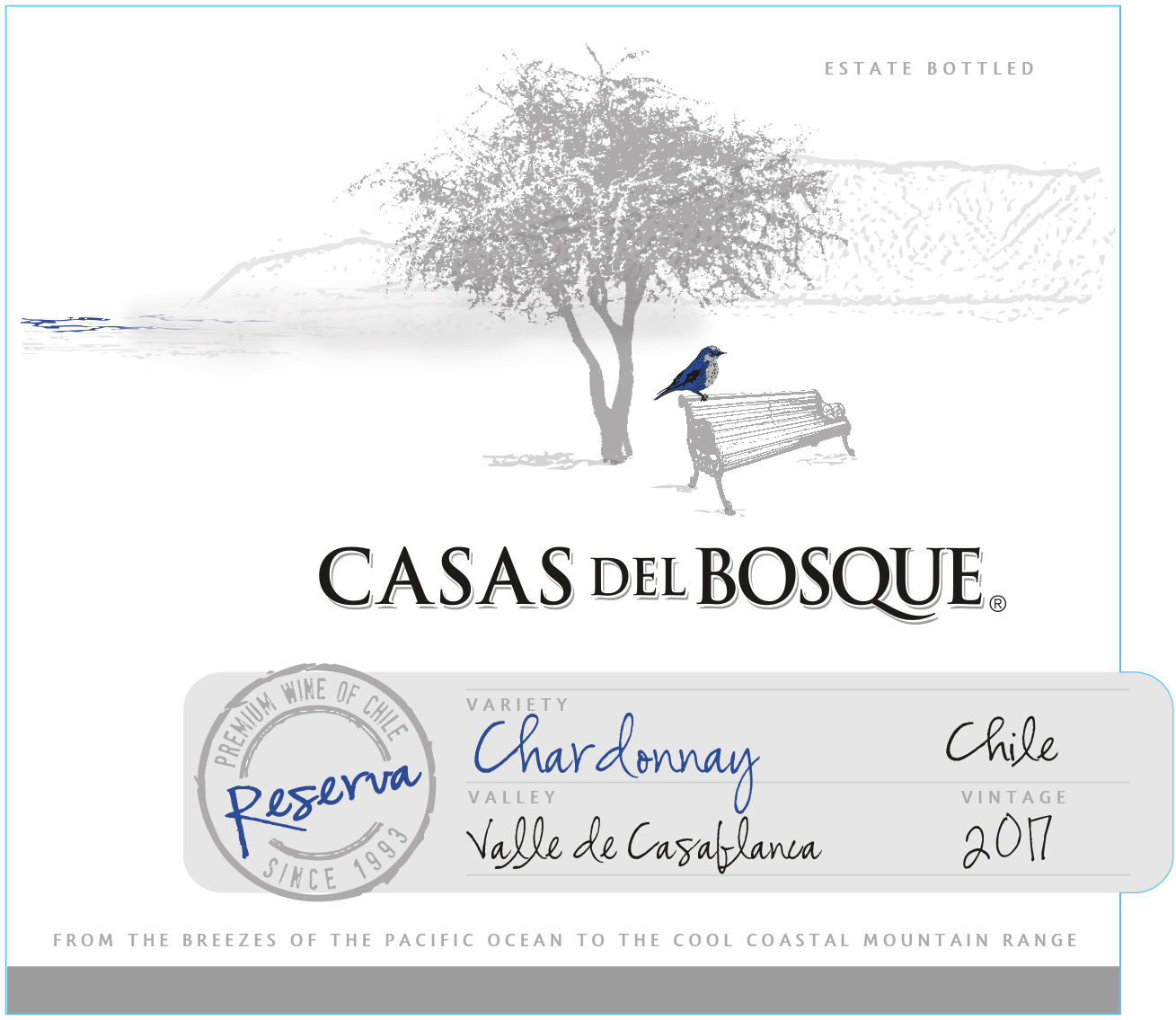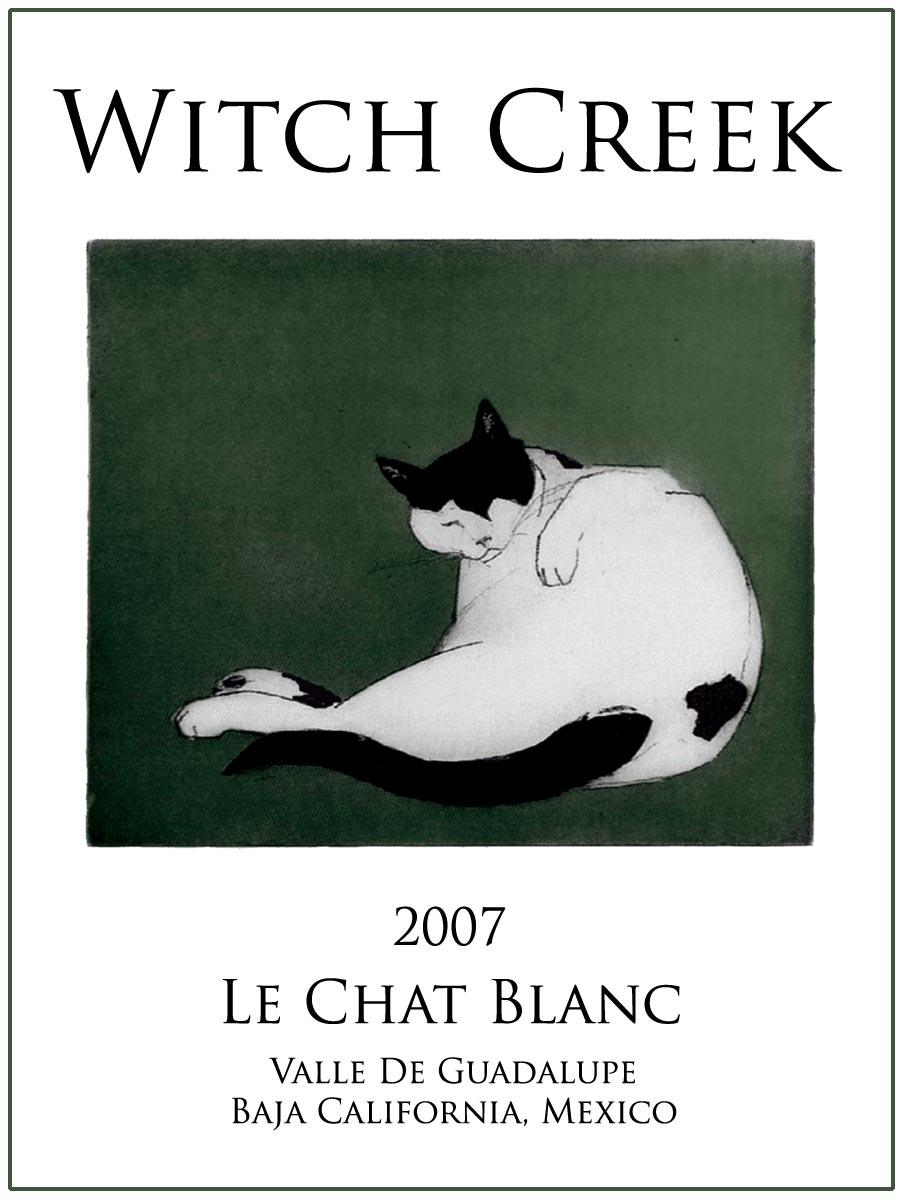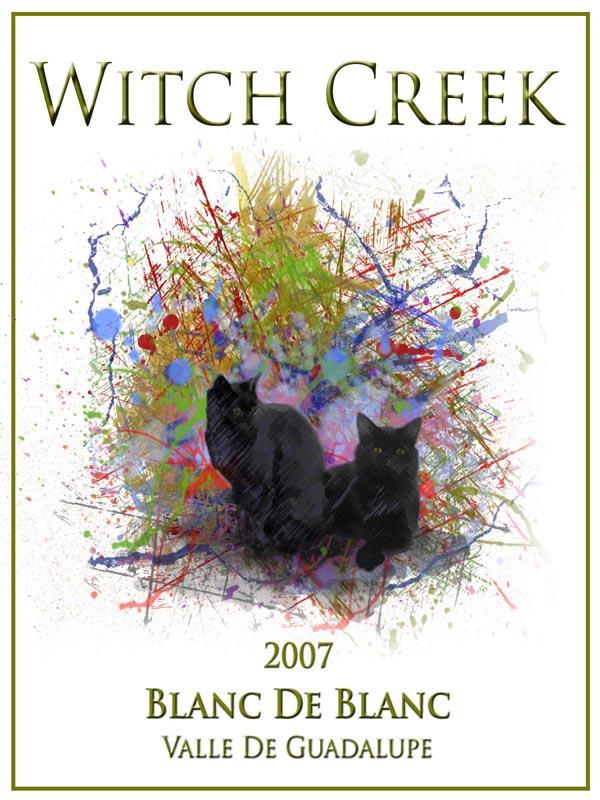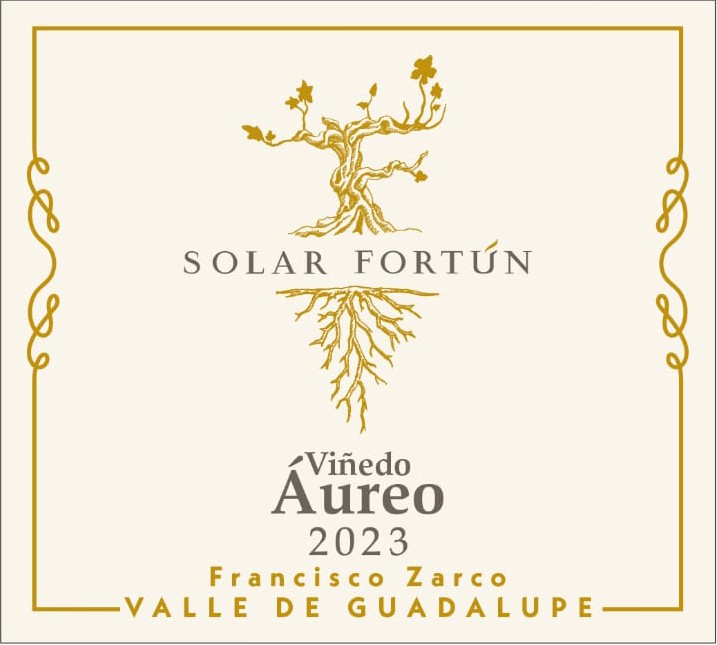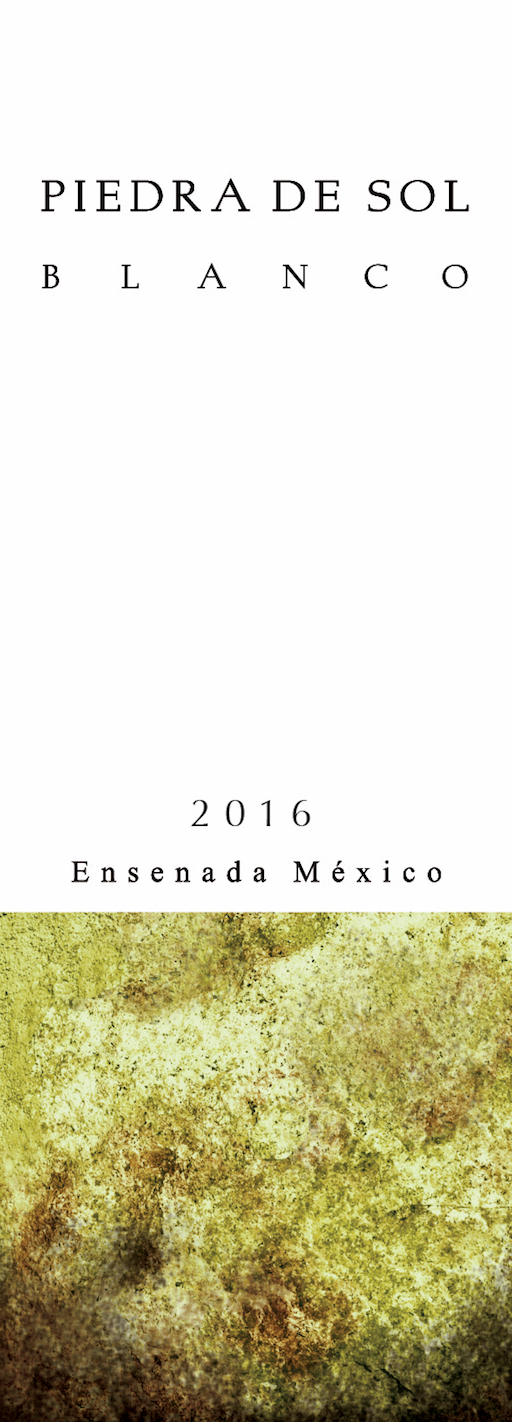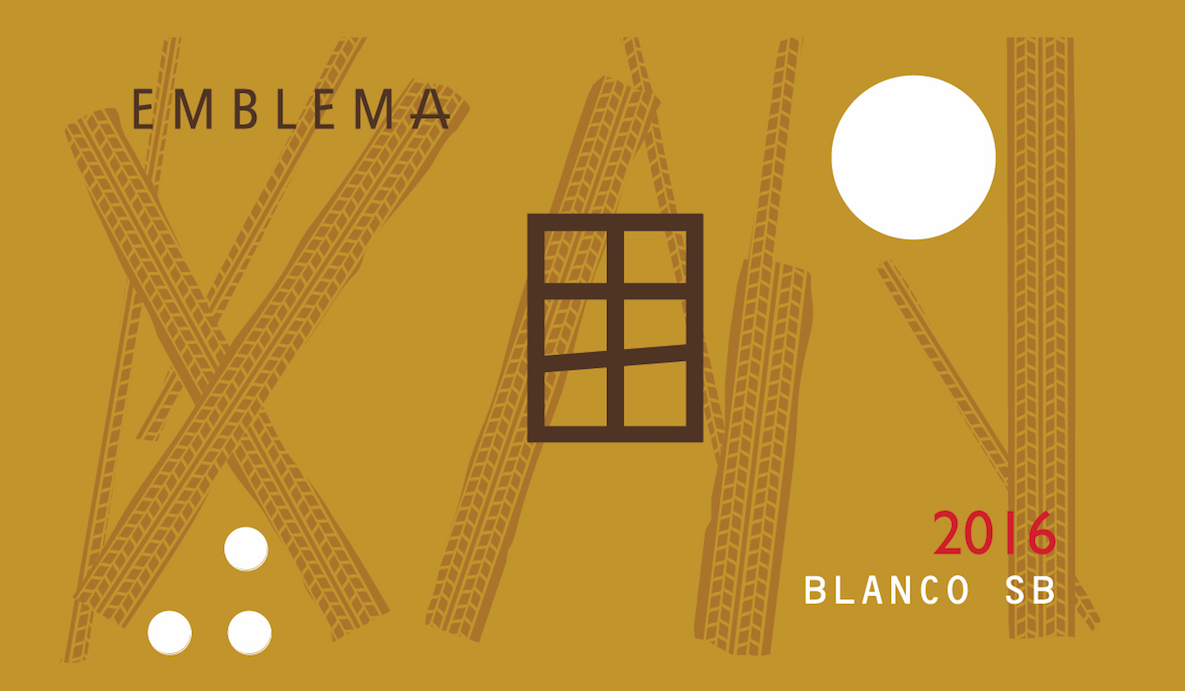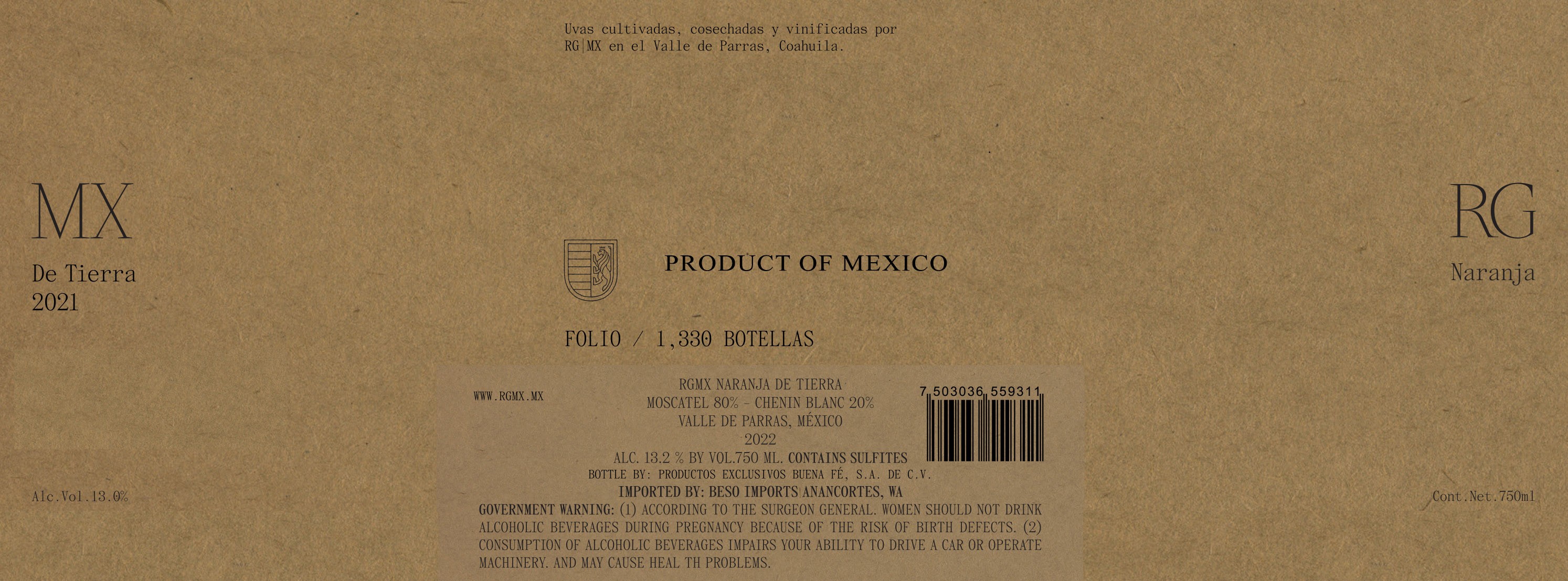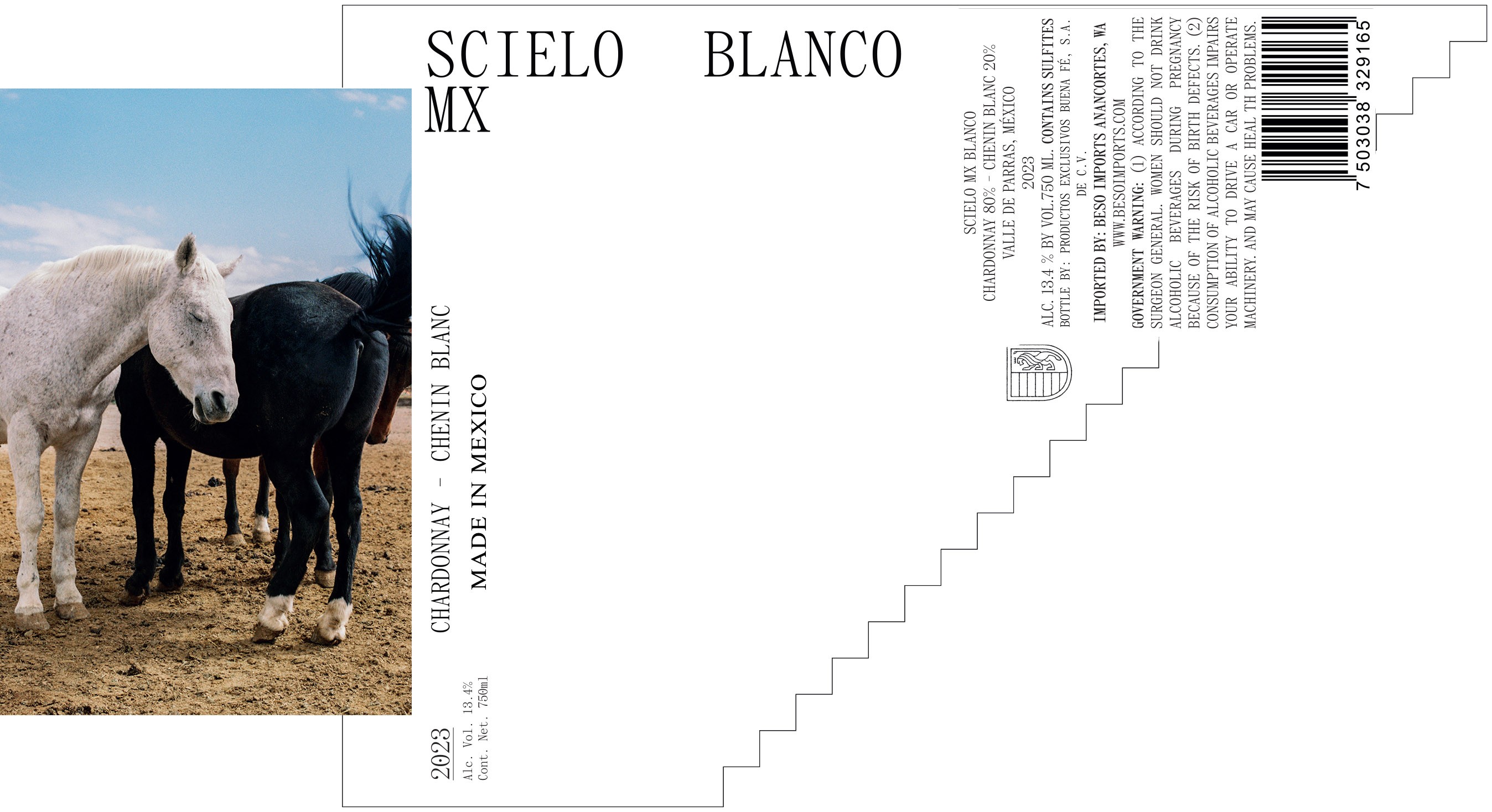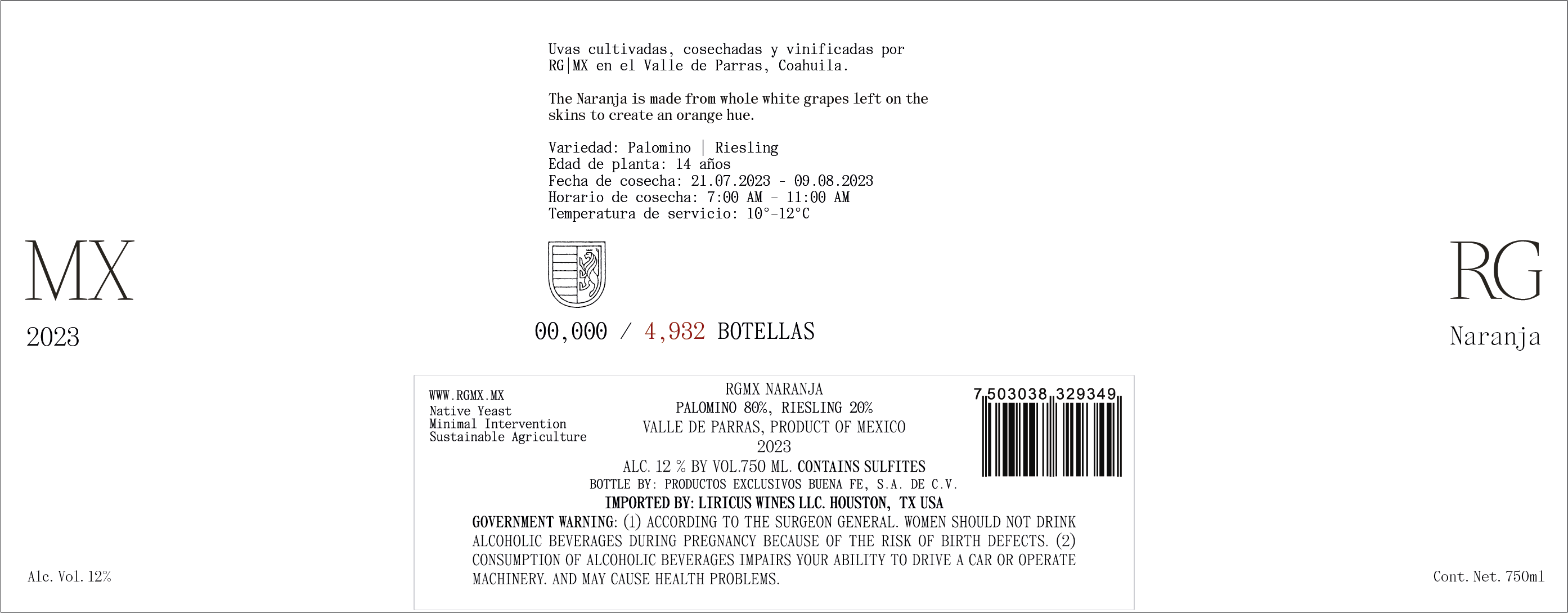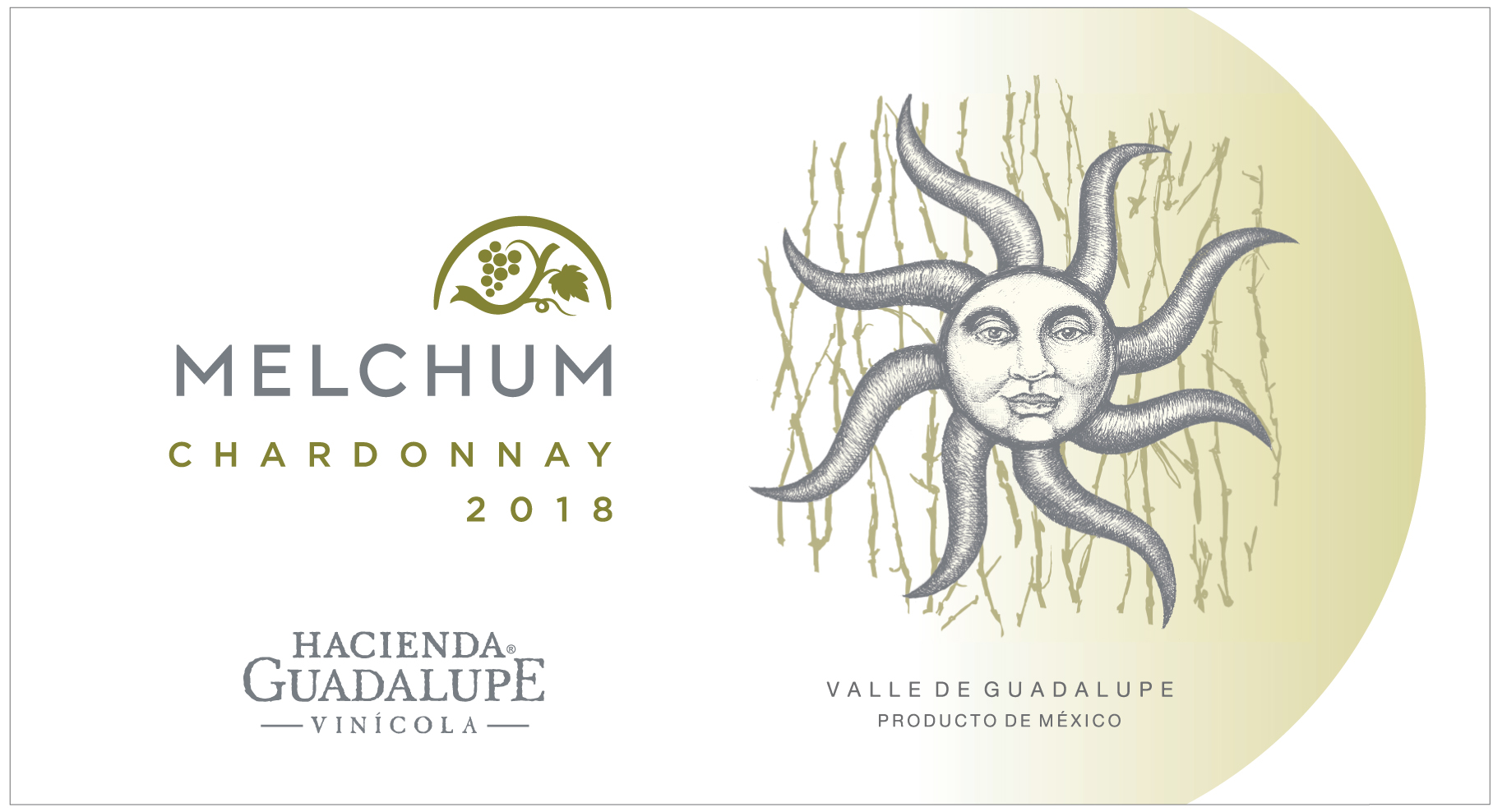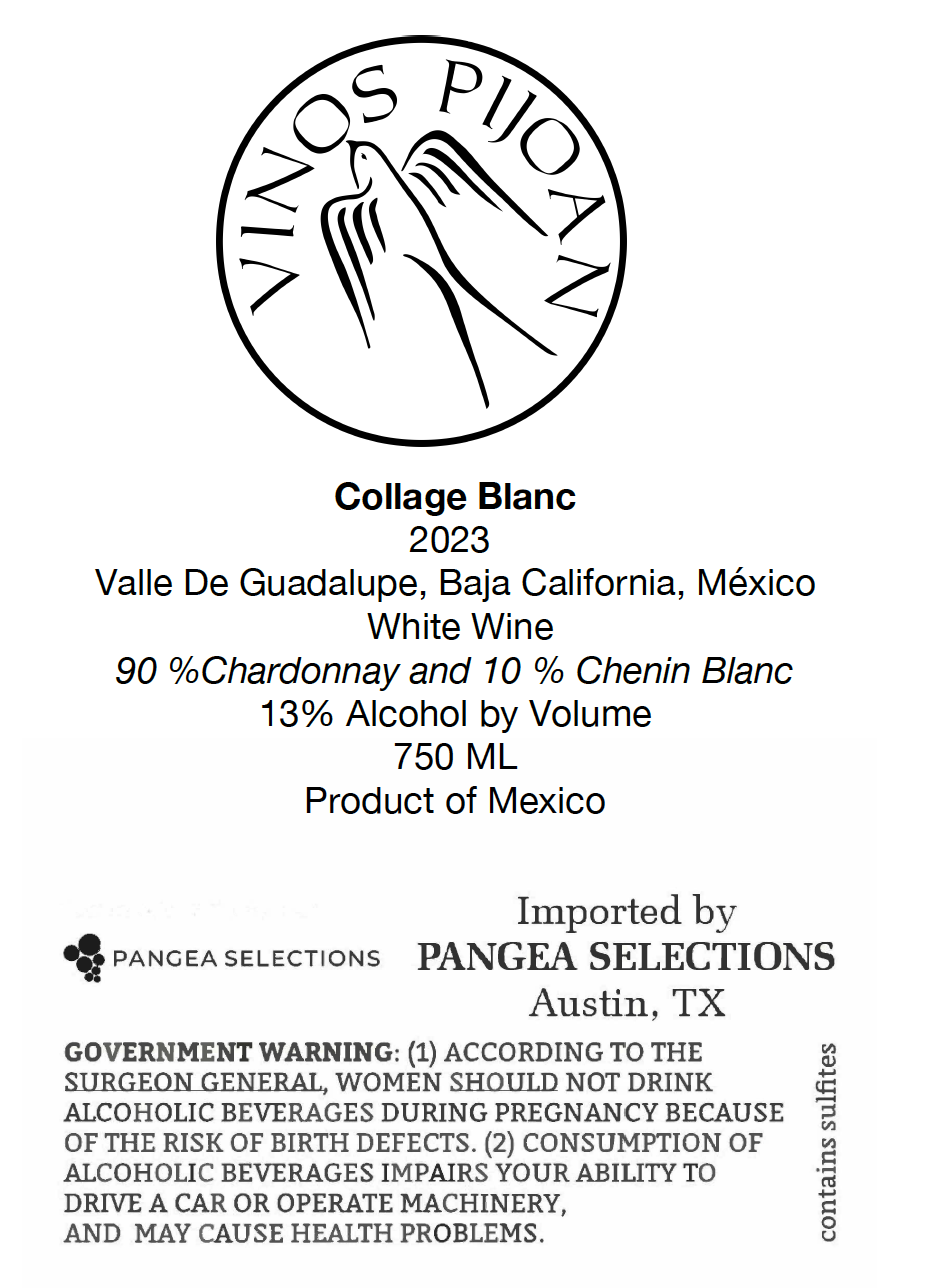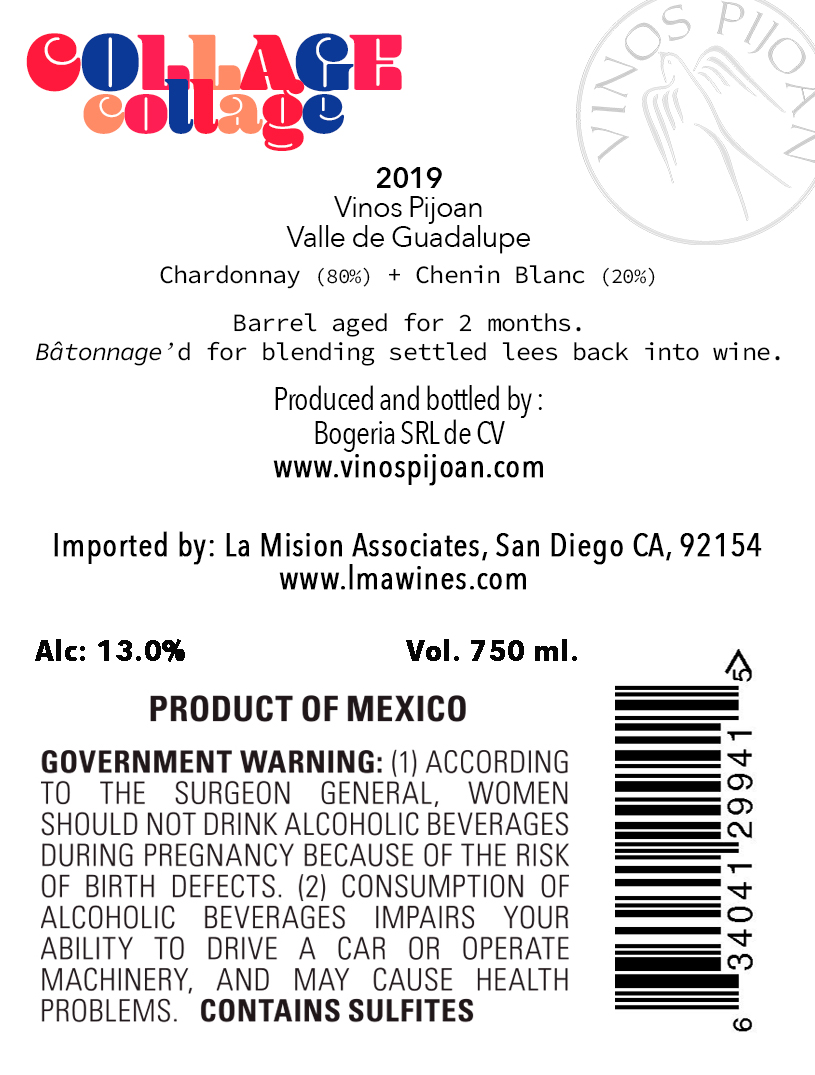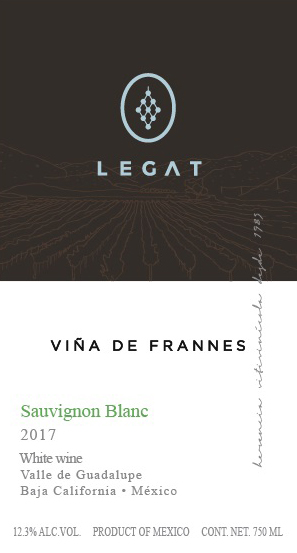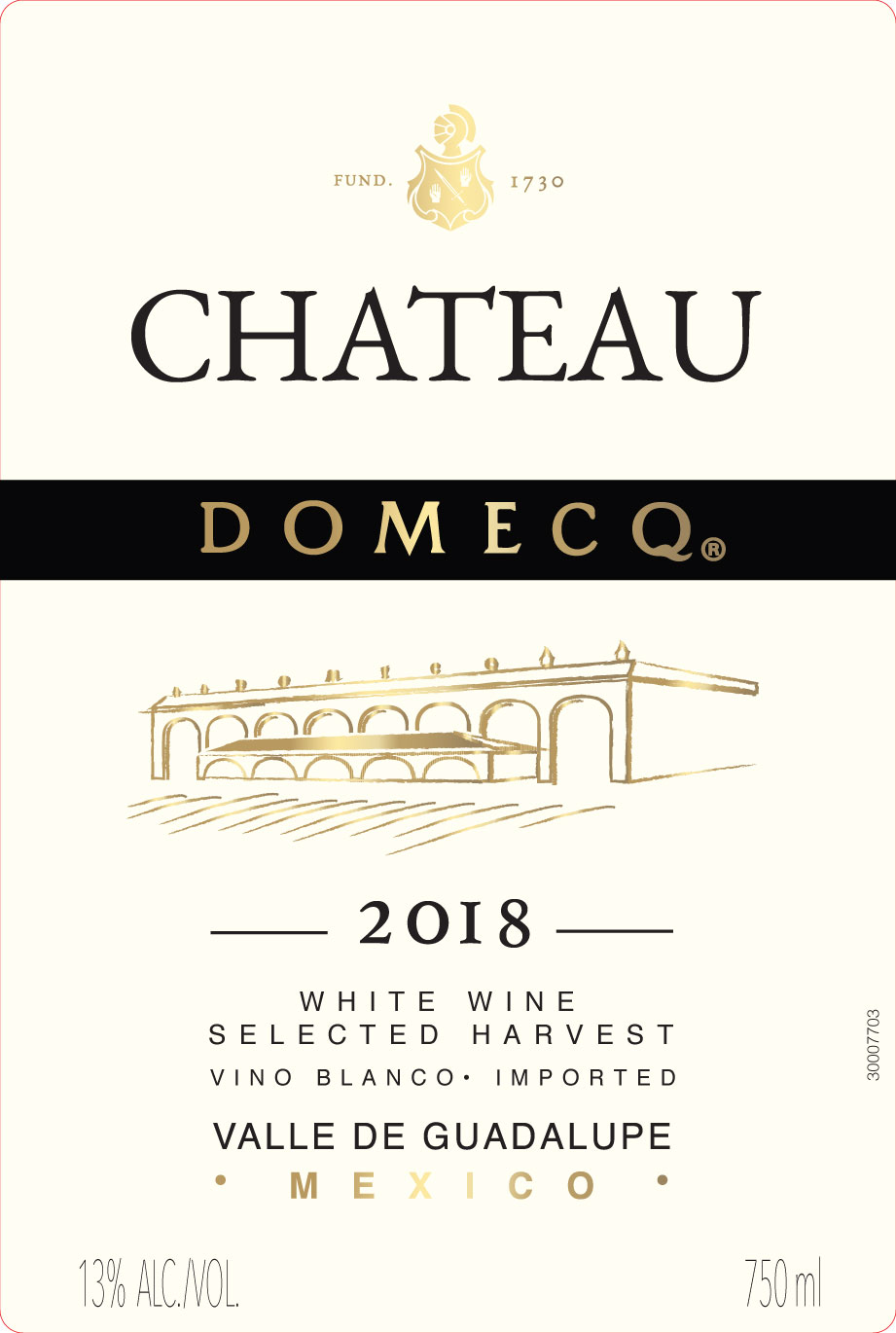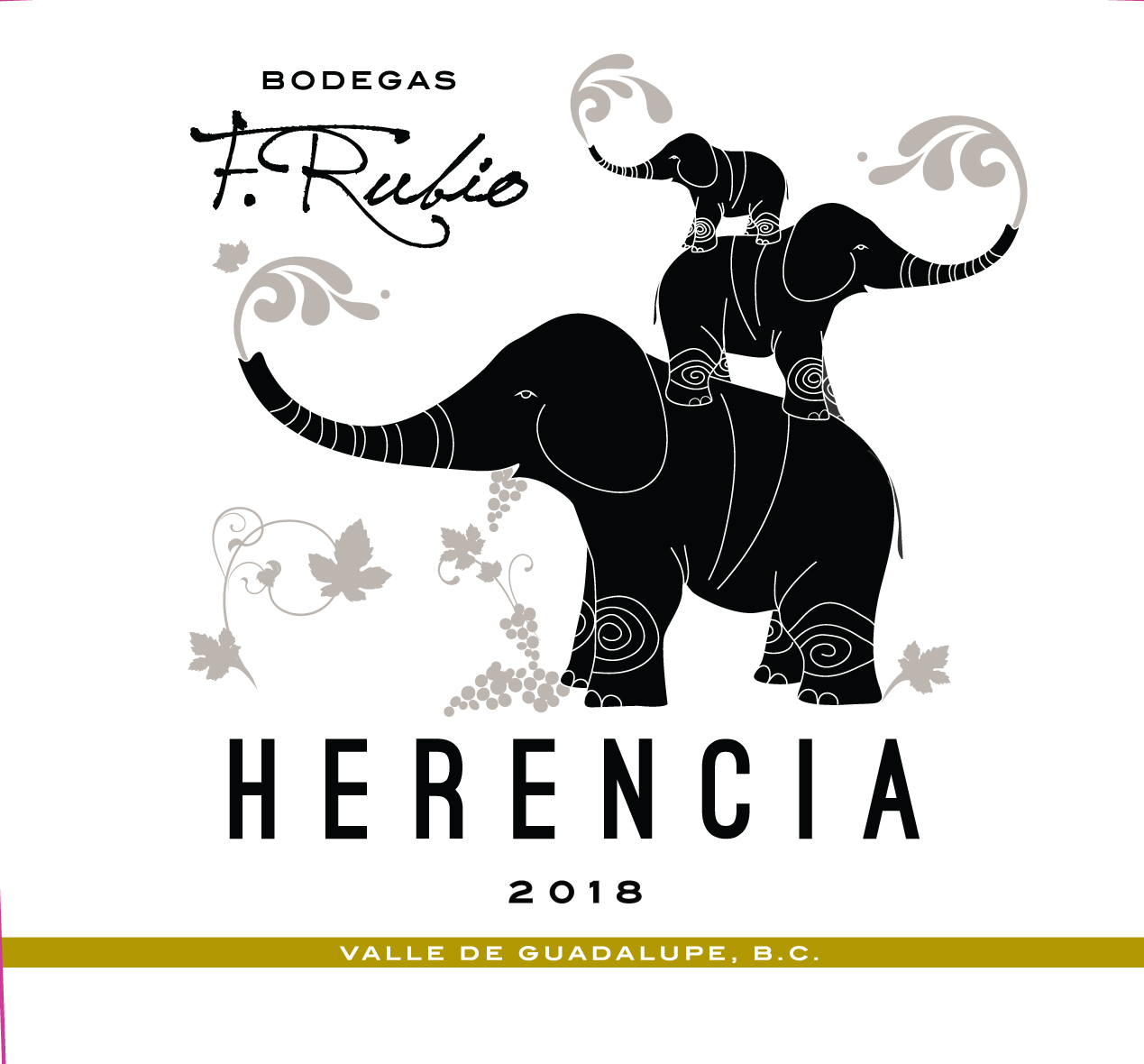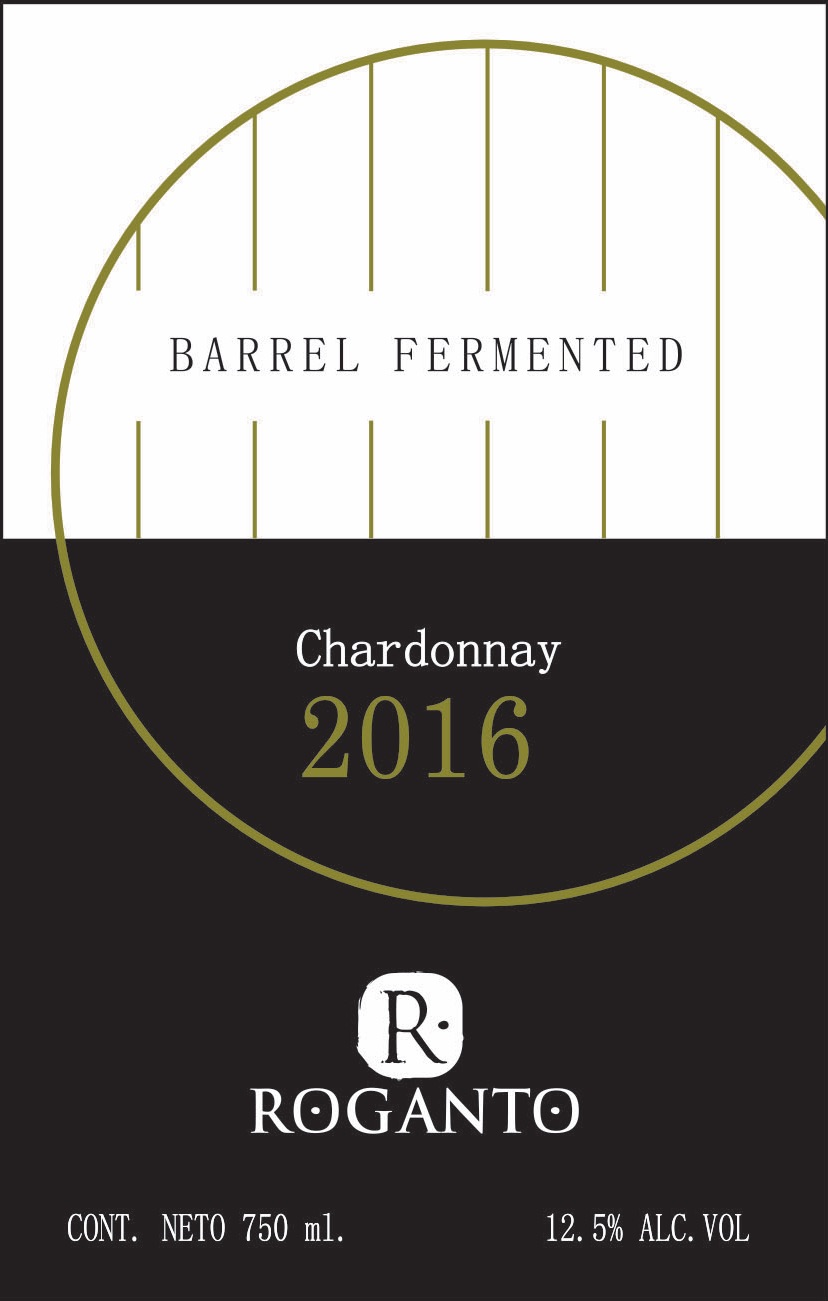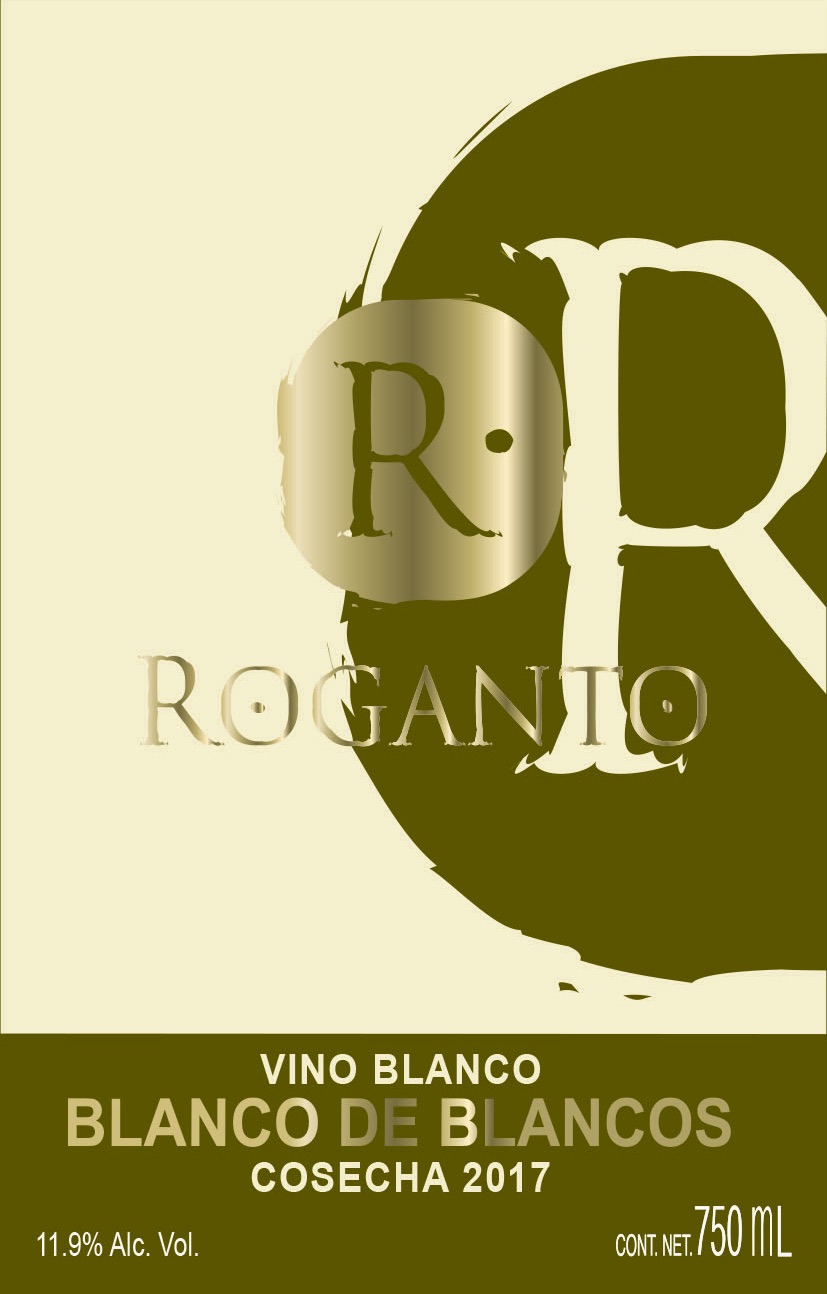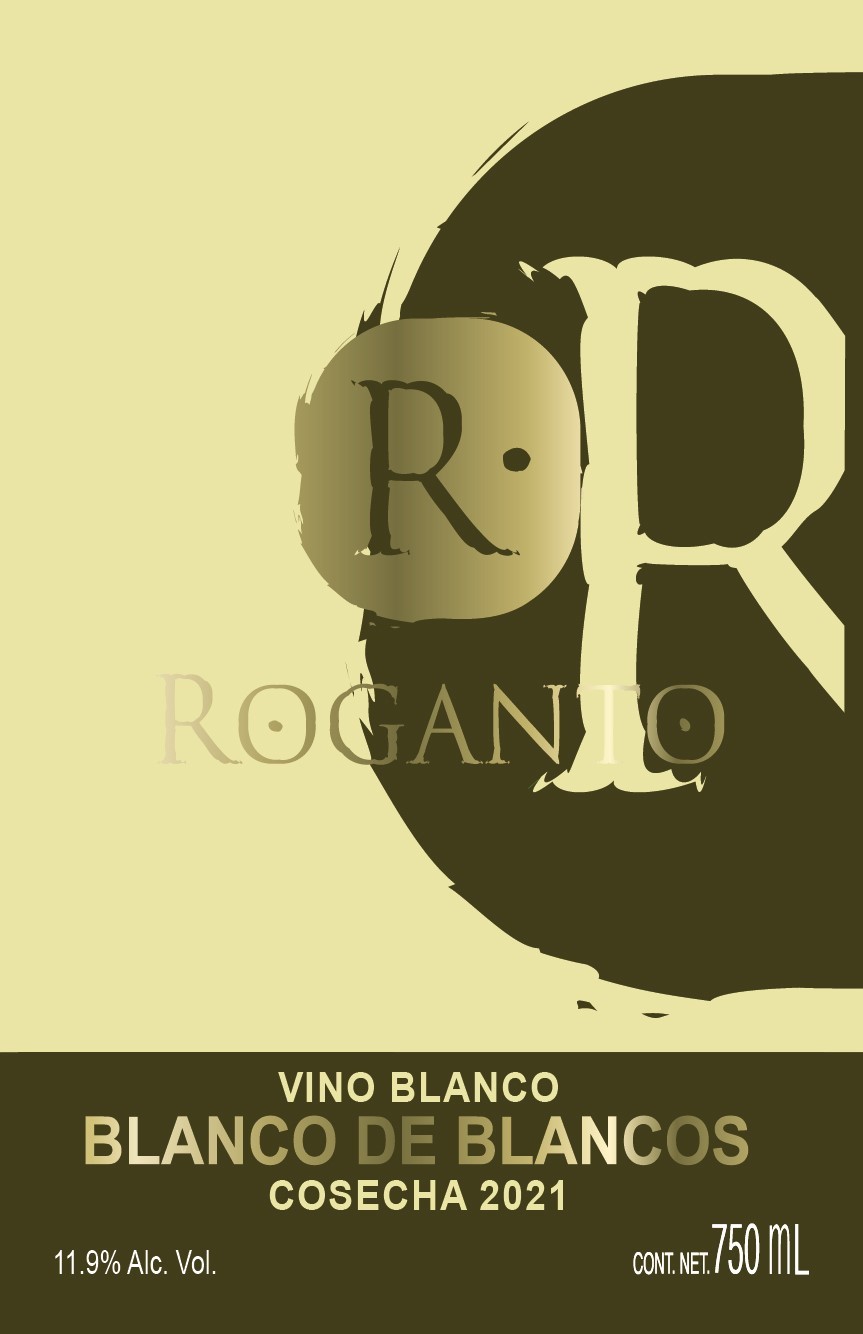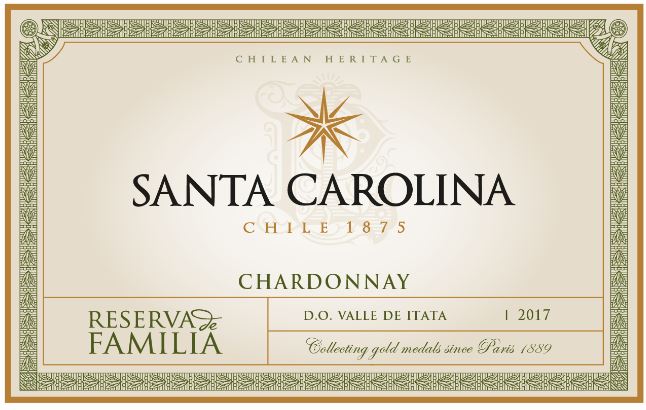Terroir of Valle de Guadalupe
Valle de Guadalupe has a Mediterranean climate with long, sunny days and mild winters, perfect for growing wine grapes like Nebbiolo and Tempranillo. In summer, temperatures can reach 30°C, but cool Pacific breezes and morning fogs bring relief, with night temperatures dropping to 10–15°C. This temperature range helps balance sugar and acidity in the grapes.
With yearly rainfall of 200–350 mm, vineyards need irrigation. The soils vary from sandy and clay-loam in valleys to decomposed granite and calcareous sediments on hills, each offering unique characteristics. These well-draining soils, low in organic matter, encourage deep vine roots, enhancing flavor. This soil diversity leads to a variety of wine profiles in Valle de Guadalupe, from robust reds to aromatic whites.
Notable Wineries in Valle de Guadalupe
Valle de Guadalupe, a gem in Mexico's wine landscape, offers a blend of tradition and innovation through its notable wineries. Here are a few highlights:
-
Monte Xanic: Established in 1987, this pioneer is known for its exceptional whites and Bordeaux-inspired reds.
-
L.A. Cetto: A historic producer since 1928, specializing in Nebbiolo and Cabernet blends, catering to both everyday wine lovers and aficionados.
-
Casa de Piedra: Since the 1990s, this winery has excelled in crafting sophisticated red blends and elegant rosés.
-
Adobe Guadalupe: This family-owned estate focuses on Rhône-style blends with Syrah, Tempranillo, and Nebbiolo.
-
Vena Cava: Known for its unique tasting room and site-driven wines, including fresh Chardonnay and Grenache.
These wineries, alongside others like Château Camou and Emevé, showcase the region's rich diversity and vibrant wine culture.
Sustainable Winemaking in Valle de Guadalupe
In Valle de Guadalupe, sustainability is a key focus as this dry region grapples with limited water resources. Drip irrigation, mulching, and cover crops are standard practices to conserve water and maintain soil moisture. Some older vineyards still utilize dry farming techniques. The push for organic and biodynamic viticulture is strong, with composting enhancing soil health.
Wineries are increasingly harnessing solar energy, employing gravity-flow systems, and recycling water to reduce their environmental footprint. Community engagement is vital, with industry organizations promoting resource management and climate change education. Farm-to-table initiatives and the use of native cover crops aim to boost biodiversity while protecting the valley’s scenic beauty and securing local employment. These efforts ensure the region's sustainable growth and environmental responsibility.
Wine Tourism in Valle de Guadalupe
Valle de Guadalupe, Mexico's leading wine region, offers a vibrant mix of wine and culture.
Visitors can tour vineyards and participate in activities like biking or horseback riding through scenic landscapes.
The region is famous for its “Baja Med” cuisine, combining local seafood and fresh produce with regional wines.
Events such as the Fiesta de la Vendimia celebrate the grape harvest with tastings and music. Throughout the year, wineries host art walks and seasonal festivals, enhancing the region's appeal.
Accommodations range from eco-cabins to luxury glamping, offering diverse experiences. The area's commitment to sustainability is evident, with practices like drip irrigation and organic farming helping to preserve its natural beauty.
Valle de Guadalupe promises a laid-back yet enriching wine tourism experience, showcasing the best of Baja California.
